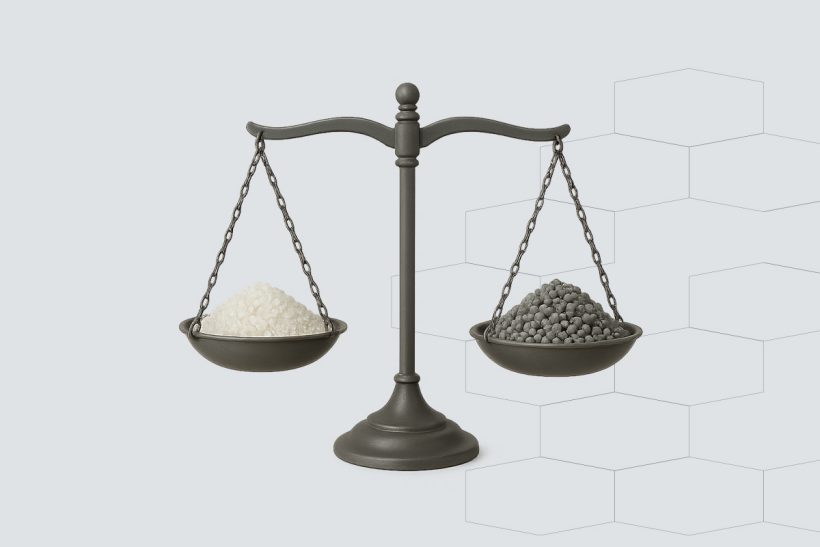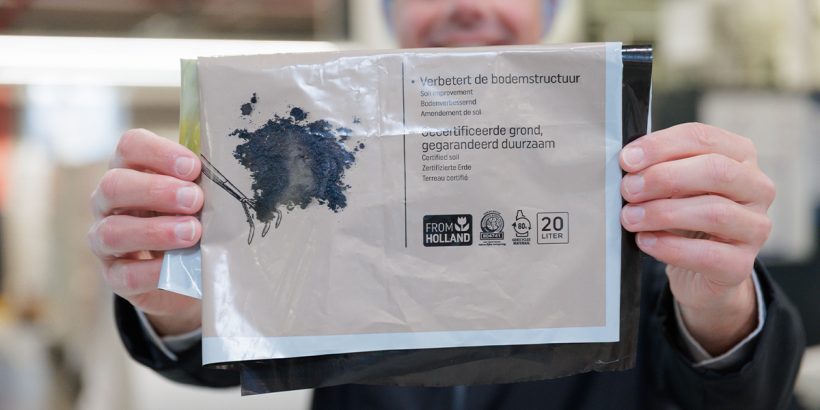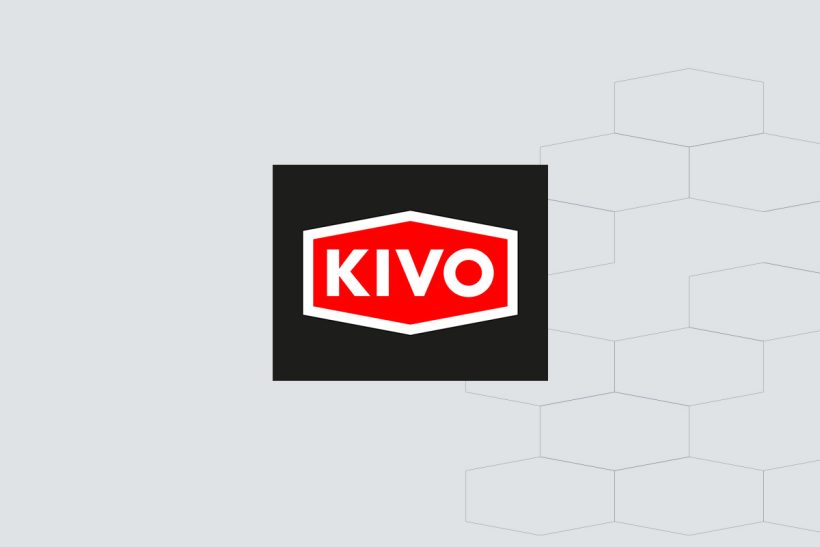What is Mechanical Recycling?
Mechanical recycling is the process of converting plastic waste into new raw materials or products without changing the chemical structure of the plastics. The plastic waste is ground, washed and then melted with an extruder, after which it is converted into plastic granules. This method works especially well for relatively clean, single plastic streams such as LDPE, HDPE or PET.
In principle, all thermoplastics can be mechanically recycled with minimal loss of quality. However, with mixed or contaminated plastic streams, the quality of the final product decreases. This is, for example, a major reason why there are strict regulations on the use of recycled plastic in food packaging.
Extracting value from 'waste' through Mechanical Recycling
Decades ago, plastic waste was mainly landfilled or incinerated. Today, about 50% of plastic packaging waste is already recycled in the Netherlands, and the EU has ambitious plans to increase this percentage further. One way they are trying to achieve this is through the PPWR legislation.
Some plastic streams, such as separately collected LDPE industrial waste and PET bottles, are already almost fully mechanically recycled. For household waste streams, this is more difficult due to mixed composition and contamination. To improve recycling, the whole chain is working to increase the quality and usability of recycled raw materials.
High-quality recycling means that a plastic product can be reused for the same product after recycling, as in the case of PET bottles. For this, two things are crucial:
- Plastics should be easily recyclable.
- After use, material streams should be properly separated, through source separation or advanced post-separation systems.
When recycling is no longer possible for the same type of product, it is referred to as downcycling, where the material gets a lower value.
Benefits of Mechanical Recycling
- Fewer new raw materials: Mechanical recycling reduces dependence on fossil resources.
- Reduced carbon emissions: Producing recycled plastic costs less energy than making new raw materials. According to the Netherlands Bureau for Economic Policy Analysis (CPB), recycling can halve environmental damage from emissions.
- Cost advantage: Despite the cost of collection, sorting and processing, recycling can become financially attractive through the sale of recycled materials.
Challenges of Mechanical Recycling
Mechanical recycling has challenges, especially with household plastic waste. These streams are often contaminated and consist of a mix of materials. Separation, washing and recycling costs are high, while the quality of the final product is limited. For this reason, much of the household plastic waste is eventually incinerated for energy recovery. While this is better than landfill, it loses the possibility of circular application of the material, which is a step backwards in the pursuit of a fully circular economy.
To address these issues, there is a need:
- Better product designs with focus on monomaterials.
- Improved separation techniques at source and advanced post-separation methods.
- Technological innovations such as de-inking and accurate sorting.
In addition, chemical recycling opportunities for highly contaminated plastic streams. This involves converting the plastic into basic raw materials such as oil and gas. Although the environmental impact of chemical recycling is currently higher, the end products can be more versatile.
Promoting recyclability
There are a number of ways to promote the recyclability of materials, including:
- Expansion of deposit system:
Deposits ensure higher collection rates and cleaner waste streams. In countries such as Norway and Germany, 97% and 98% of PET bottles are recycled, respectively. - Mandatory percentage of recycled material:
By using a minimum percentage of recycled plastic in the production of non-direct-food-contact making packaging mandatory, the demand for secondary raw materials increases. This reduces recycling costs and makes it more commercially attractive. - Taxes:
In addition, it is possible to levy taxes on virgin material or grant tax breaks on the use of recycled plastic. With the recent introduction of rate differentiation in the Environmental Taxes Act 2.0, this is already partly implemented. These measures encourage companies to favour recycled raw materials over virgin ones, contributing to a more sustainable and circular economy.
Case study: KIVO and REKS Recycling
KIVO cooperates with KRAS Recycling at the recycling plant REKS in Kosovo. Here, plastic waste from Europe and the Balkans is mechanically recycled. By manually separating transparent LDPE films with and without labels, stretch films and printed films, REKS produces high-quality recycled LDPE and LLDPE raw materials with Post Consumer Recycled (PCR) content.
Want to know more about recycling options for your plastic packaging?
Contact us at 0299-398800 or fill in the contact form below. Our experts will be happy to help you.



